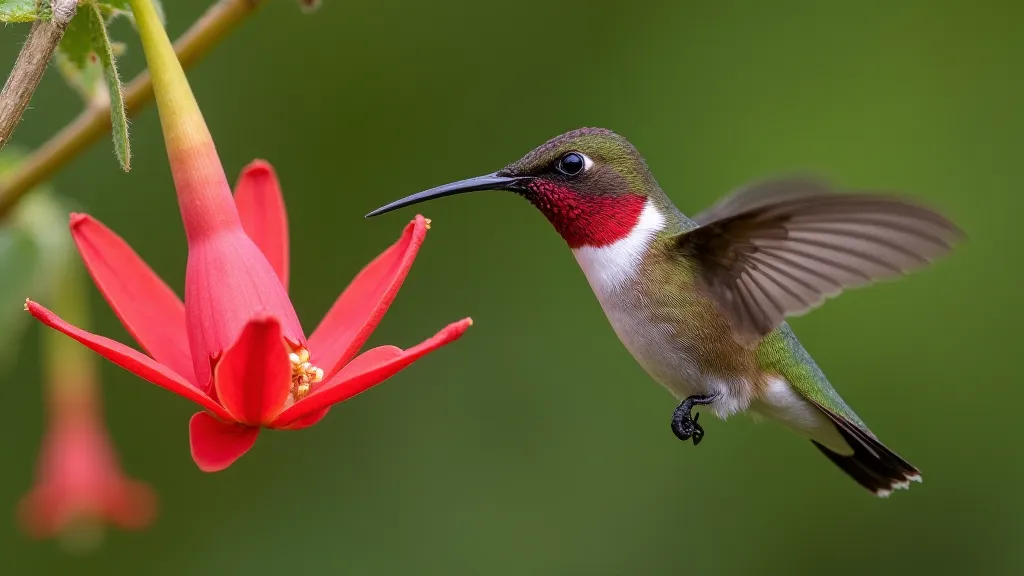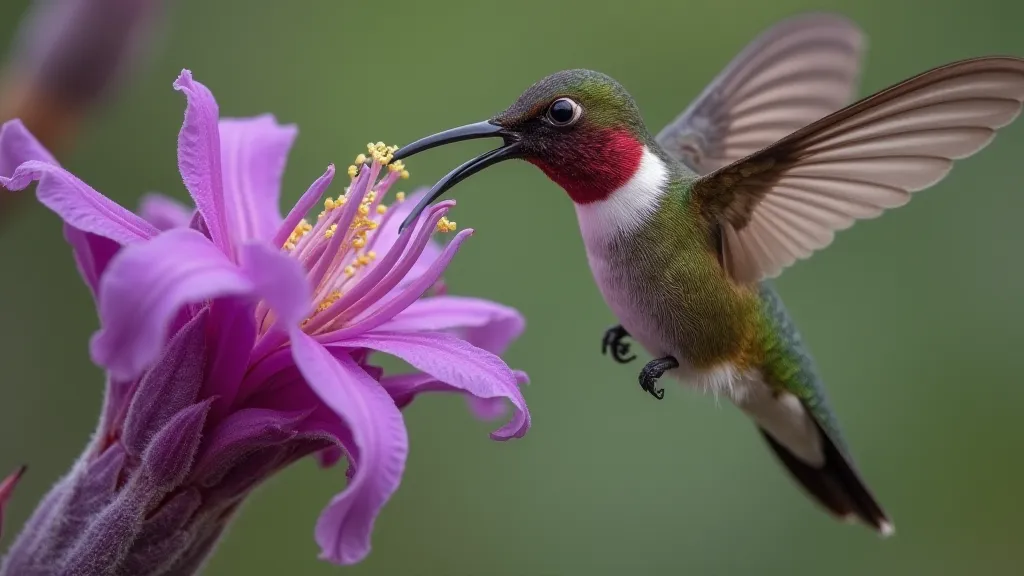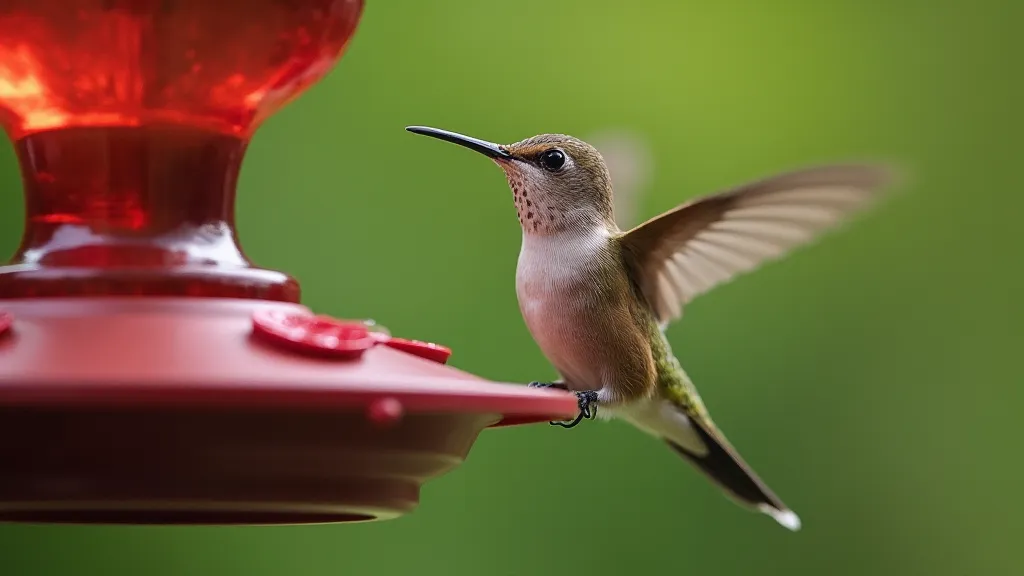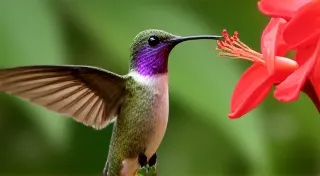Understanding Hummingbird Behavior and Identification
Hummingbirds are arguably some of the most captivating birds to observe. Their iridescent colors, incredible flight abilities, and surprisingly complex behaviors make them a favorite among bird watchers. This guide explores hummingbird identification and offers insights into their fascinating habits, perfect for beginners exploring local birding spots.
Identifying Different Hummingbird Species
While numerous hummingbird species exist, some are more commonly encountered in specific regions. Identifying them can be challenging, but observing key characteristics like size, color patterns, and bill shape can significantly narrow down the possibilities.
Key Identification Features:
- Size: Hummingbirds vary in size. Ruby-throated Hummingbirds are generally smaller than Anna's Hummingbirds.
- Color: Look beyond the overall color; patterns on the throat, chest, and tail are often species-specific. Male hummingbirds often display more vibrant colors than females.
- Bill Shape: Bill length and curvature can differ significantly, influencing which flowers a hummingbird can access.
- Tail Shape: The shape and length of the tail feathers can also be distinguishing features.

Common Hummingbird Species to Watch For:
- Ruby-throated Hummingbird: Primarily found in eastern North America, males have a brilliant red throat patch.
- Anna's Hummingbird: Found along the Pacific Coast, males have a brilliant iridescent pink throat and chest.
- Rufous Hummingbird: Found in the western United States, known for its fiery orange throat and upperparts.
- Broad-tailed Hummingbird: Found in the Rocky Mountains, males have a striking rose-colored throat.
Understanding Hummingbird Behavior
Hummingbird behavior is as remarkable as their appearance. Here's a look at some of their most fascinating habits:
Feeding Habits: The Nectar Quest
Hummingbirds primarily feed on nectar from flowers. They possess long, extendable tongues that they use to lap up nectar. They also eat tiny insects for protein, especially when raising young. Their flight patterns are often frantic as they quickly move from flower to flower.

Territoriality and Courtship
Male hummingbirds are fiercely territorial and will aggressively defend feeding areas and nesting sites. Courtship displays involve elaborate aerial maneuvers, buzzing sounds, and vibrant color displays. They create "display territories" where they perform acrobatic flights to attract females.
Nesting Behavior
Female hummingbirds build tiny, cup-shaped nests using plant fibers, spiderwebs, and downy materials. These nests are incredibly well-camouflaged and difficult to spot. They usually raise one or two young per nesting season.

Tips for Bird Watching Hummingbirds
- Visit flowering plants: Hummingbirds are drawn to brightly colored flowers, especially red and orange varieties.
- Consider feeders: Hummingbird feeders can be a reliable way to attract these birds to your yard.
- Be patient and observant: Hummingbirds are fast-moving, so you'll need patience and keen observation skills.
- Minimize disturbance: Approach hummingbird areas quietly and avoid sudden movements to avoid scaring them away.

By understanding hummingbird identification and behavior, you can significantly enhance your bird watching experience and appreciate these remarkable creatures even more. Happy birding!





